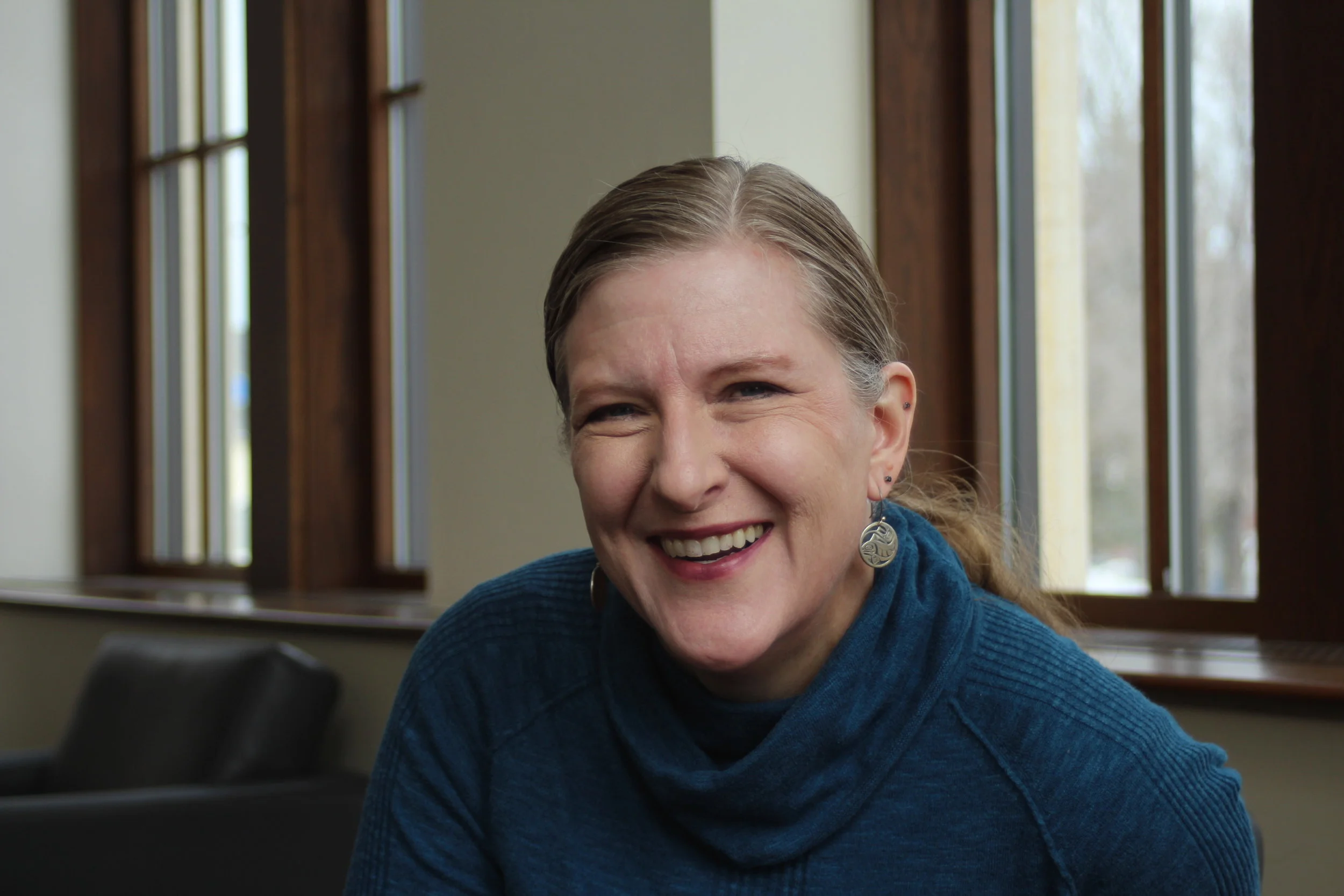My visual story "Portraits of Place: Walking the Lake Superior Hiking Trail" recounts a backpacking trip taken several years ago through the beautiful wooded landscape along the northwest shore of Lake Superior. It was a trip that had been planned months before, and as the day of departure grew closer, it became increasingly clear that the weather was not going to play along. Looking back through photos of that trip, I see rain jackets and ponchos channelling rivers of water from hunched figures down to the ground, marshy puddles around a camp fire coaxed into life from the reluctant grain of sodden wood, socks being held up to dry over limp flames, and tents being set up and broken down beneath the tentative cover of dripping tree branches. But I also see smiles, humor, and joy in our surroundings. And indeed, it is the beauty of the surroundings – the vibrant greenness of the woods, the grey canvas of birch bark that glowed under the rivulets of rain running down it, the animated roar of water in the rivers – that define this trip in my memory. The rain provides a context for understanding this northern temperate forest, a study in contrasts between the dry Californian chaparralscape where I was living at the time (and which was undergoing fire season), and the abundant greenness of this north Minnesotan landscape.
This understanding of place through its ecology is something that I've long been fascinated by – with a background in geology and ecology, and having lived in ecosystems ranging from chaparral to cloud forest to coastal and from super urban to near wild, how could I not? More recently, I've tried to approach this exploration of place more intentionally as I identify the species and ecological systems places are shaped by. I seek to evoke these ecologies in my art: the roles they play, the emotions and the reactions and the feelings they elicit. Celebrate them. Draw them. Recreate feelings of place. This process forms the basis of my ongoing "Portraits of Place" series, which also includes chapters on urban biodiversity in cities like LA and Palermo; for my submission to Split Rock Review, however, I found myself wanting to step outside of the urban sphere and revisit this marvelously rain-drenched camping trip in the deep green wilds of a landscape deeply new to me.
Today I live in a coastal urban ecosystem in northern Germany. I haven't written a Portrait of Place for it yet . . . but as I listen to the gulls and the ship horns and watch the sky outside my balcony fold itself over into layers of sunshine on top of downpours on top of heavy mists, I have a feeling that a new chapter is on its way.


